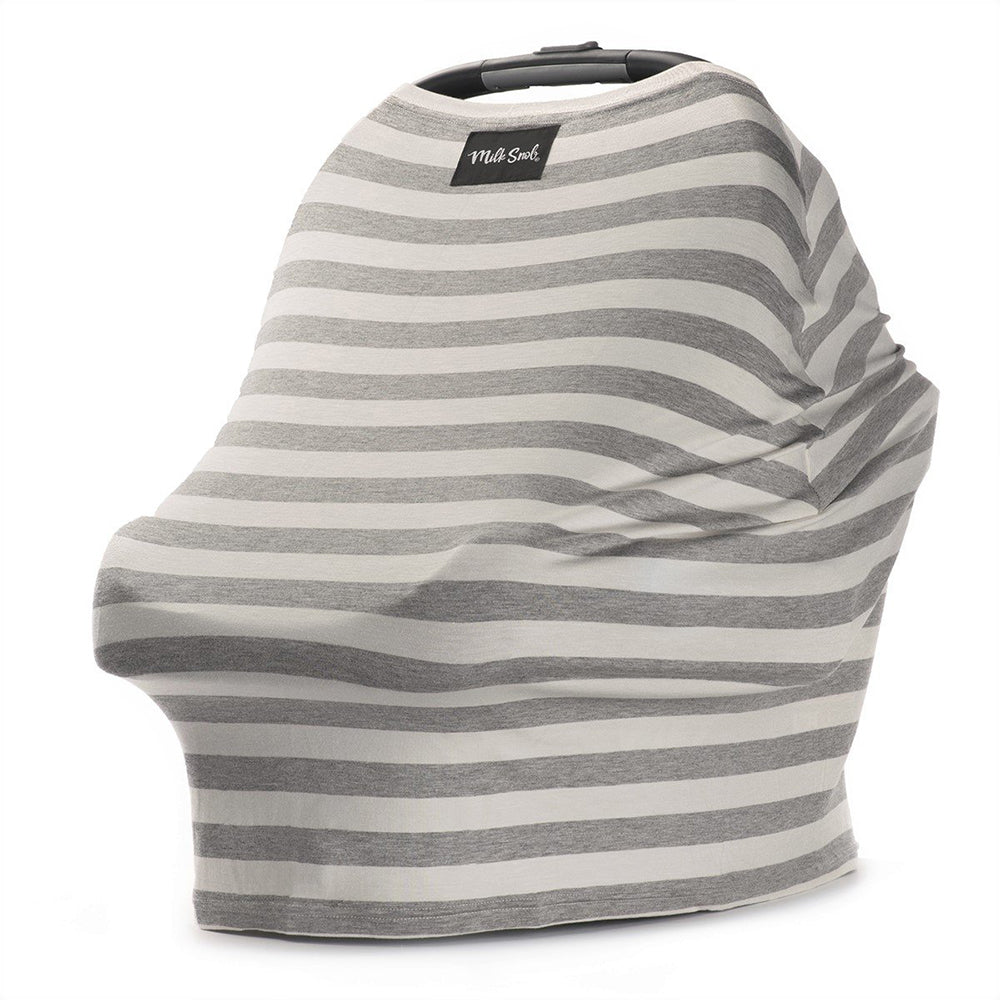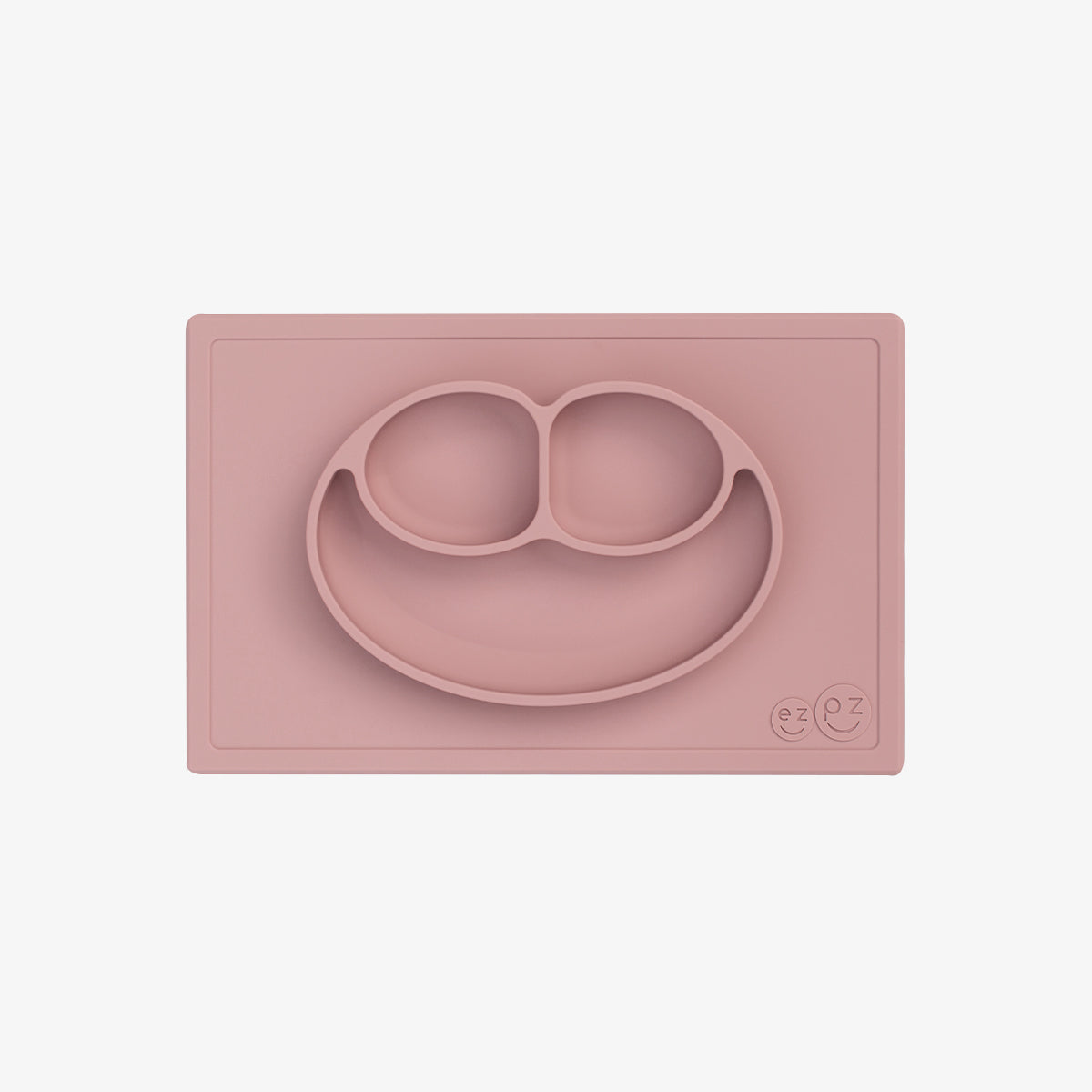Breastfeeding Tips for New Moms: A Guide to Making Nursing Easier
Breastfeeding is a beautiful and natural way to nourish your baby, providing essential nutrients and fostering a strong bond between mother and child. However, for many new moms, it can also come with challenges. From latching issues to discomfort, breastfeeding requires patience, practice, and support. This guide will provide essential breastfeeding tips to help new moms navigate the journey with confidence and ease.
1. Get a Good Start
The first few hours and days after birth are crucial for establishing breastfeeding. Try to initiate skin-to-skin contact and latch your baby onto the breast as soon as possible. Early breastfeeding helps stimulate milk production and allows your baby to learn how to nurse effectively. If possible, seek assistance from a lactation consultant to ensure a proper latch and avoid potential issues.
2. Learn the Proper Latch
A good latch is key to a comfortable and effective breastfeeding experience. Your baby’s mouth should cover the nipple and a large part of the areola. Signs of a good latch include:
-
No pain or pinching sensation for the mother.
-
Baby’s mouth is wide open with lips flanged outward.
-
Audible swallowing sounds.
If breastfeeding is painful, repositioning your baby or trying different holds, such as the football hold or cross-cradle hold, can help.
3. Nurse Frequently
Newborns have small stomachs and need to eat often, typically every 2-3 hours. Frequent nursing helps establish a good milk supply and ensures your baby is getting enough nourishment. Watch for hunger cues like lip-smacking, sucking on hands, and rooting rather than waiting for your baby to cry.
4. Stay Hydrated and Well-Nourished
Breastfeeding requires extra energy and hydration. Make sure to drink plenty of water and eat a balanced diet rich in proteins, healthy fats, and vitamins. Foods such as oatmeal, nuts, leafy greens, and dairy products can support lactation. Avoid excessive caffeine and alcohol, as they can affect milk supply and your baby’s sleep.
5. Find a Comfortable Position
Comfort is essential when breastfeeding. Use a supportive nursing pillow to reduce strain on your back and arms during breastfeeding nursing sessions. Experiment with different breastfeeding positions to find what works best for you and your baby. Some popular positions includ:
-
Cradle Hold: Baby lies across your lap with their head supported by your arm.
-
Football Hold: Baby is tucked under your arm, ideal for C-section moms.
-
Side-Lying Position: Lying on your side while nursing is great for nighttime feeds.
6. Manage Breastfeeding Challenges
Many new moms face common breastfeeding challenges, but knowing how to handle them can make the experience smoother:
-
Engorgement: Apply warm compresses before nursing and cool compresses afterward.
-
Sore Nipples: Use lanolin cream or breast milk to soothe irritation.
-
Low Milk Supply: Nurse frequently, practice skin-to-skin contact, and consider lactation-boosting foods.
-
Clogged Ducts or Mastitis: Massage the affected area, nurse often, and consult a doctor if symptoms worsen.
7. Create a Support System
Breastfeeding is easier with encouragement and support. Talk to your partner, family, or friends about your breastfeeding goals so they can assist when needed. Joining a breastfeeding support group or consulting a lactation specialist can provide reassurance and guidance.
8. Know When to Seek Help
If breastfeeding continues to be painful, your baby isn’t gaining weight, or you experience persistent issues, don’t hesitate to seek professional help. Lactation consultants, pediatricians, and breastfeeding support organizations can offer expert advice to help you overcome challenges.
9. Consider Pumping and Storing Milk
If you plan to return to work or need flexibility, pumping breast milk can be a great solution. Invest in a good-quality breast pump and learn proper storage techniques:
-
Room Temperature: Up to 4 hours.
-
Refrigerator: Up to 4 days.
-
Freezer: Up to 6 months.
Having a stash of breast milk allows others to help with feedings while ensuring your baby continues to receive the benefits of breast milk.
10. Be Patient and Trust the Process
Breastfeeding is a learning experience for both the mom and baby. It’s normal to face difficulties, but with patience and persistence, it often gets easier over time. Trust your instincts, listen to your baby’s cues, and celebrate small victories along the way.
Final Thoughts
Breastfeeding is a rewarding journey, but it requires effort, support, and strategies to make it work. By focusing on a good latch, staying hydrated, managing challenges, and seeking help when needed, new moms can create a positive and successful breastfeeding experience. Remember, every mother and baby is different, so find what works best for you and embrace the journey with confidence and love.



























